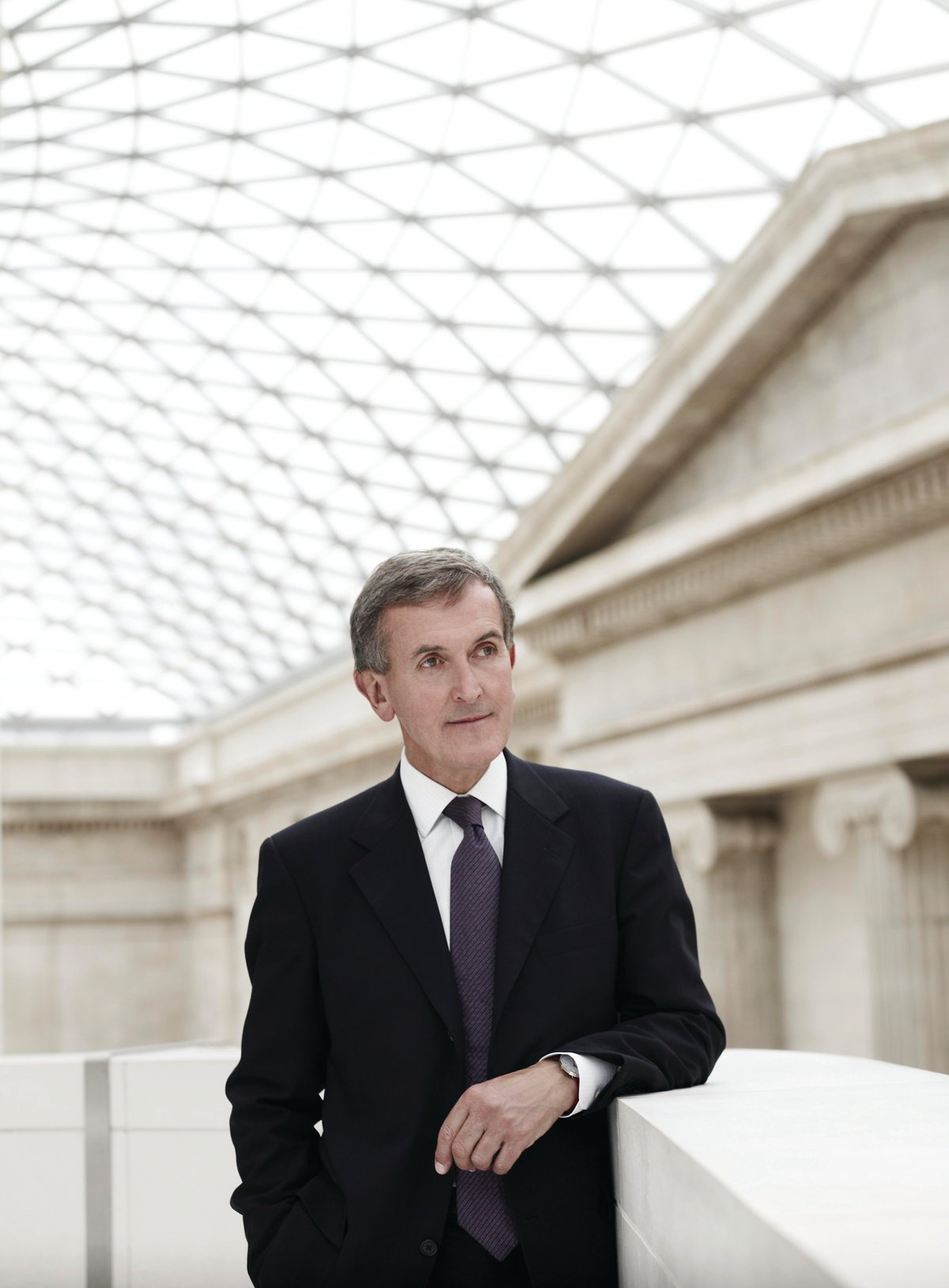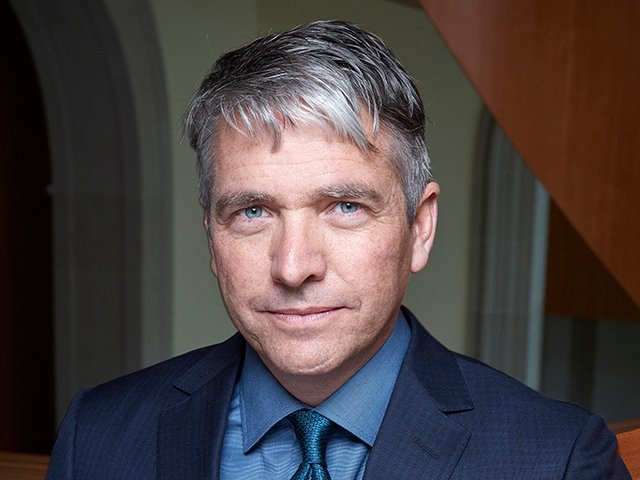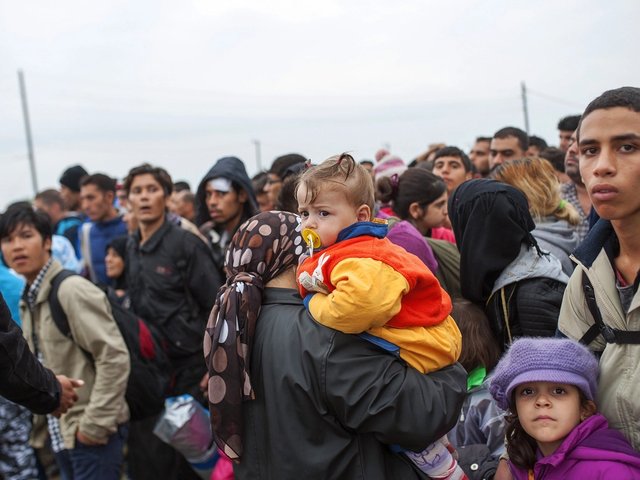Neil MacGregor Director, British Museum, London
One—tragic—answer to the questions about the role art can play in such turbulent times would be to point out what it has already done, if at terrible cost. The Bamiyan Buddhas, admired while they stood as historic monuments to a particular faith in a particular region, became, in their death, an emblem of a shared inheritance, properly belonging to the entire world. No national sentiment, no religious allegiance, diminished the sense, felt in every country, that all humanity had lost something of supreme value. The response to damage and destruction in Iraq and Syria has been the same.
The power of great objects to affirm the one-ness of humanity is often dismissed as a comforting illusion of the Enlightenment. We now know it to be a deeply felt truth, to which the martyr masterpieces of the past decade bear powerful, lamentable witness. How to stop the destruction is the first challenge. But there is a second: can we now build on that truth to find a way of enabling more of the world to study and enjoy its shared inheritance? If we can make some progress in that endeavour, the losses will not have been futile.
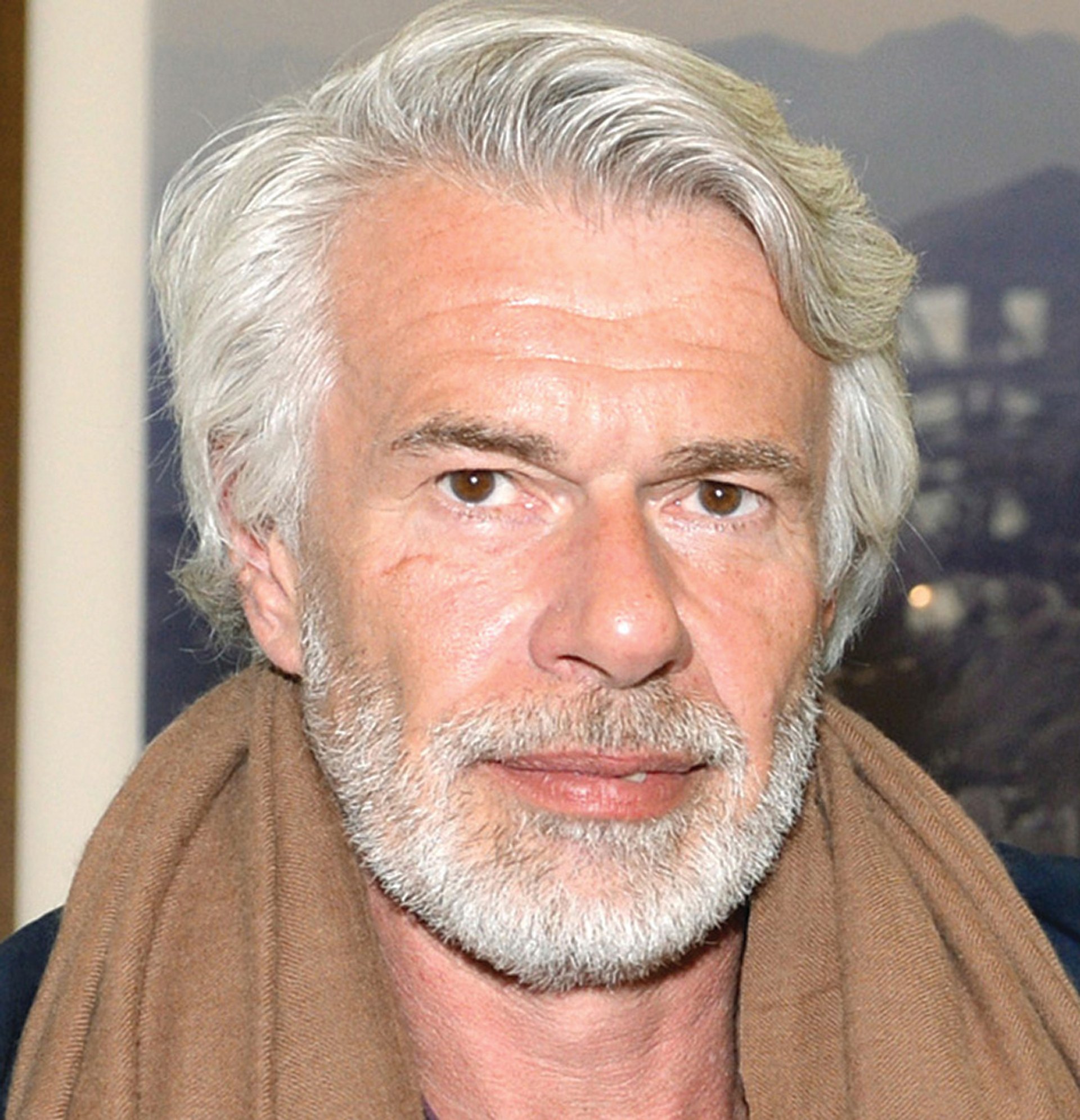
Chris Dercon Director, Tate Modern, London
Today, the economic significance of art seems less and less linked to its cultural significance. Where once there was a healthy friction between art as a commodity and art as a cultural good, economic value and cultural value are today parting ways entirely. The enormous concentration of financial power has led to an ever bigger divide between the few who can do whatever they like with the enormous amounts of things they have and those who wish they could do so much with the things they don’t have. The exponential increase in the financial importance of works of art has not been accompanied by a similar increase in their cultural significance. These are no longer cultural objects but fragments of a luxury-production.
There is a conflict between those who treat art as a private good—from which to profit—and those who participate in art as a collective process and a common endeavour, based on inclusion and access. The latter expresses a qualitative relationship as it is based on sharing, co-operation and collaboration. Art is and can be exceptional because of the conversation it can stimulate, which makes it a cultural good. We need to seek out the art objects that are cultural, because they express the idea of improving the world around us. Such an undertaking needs a renewed belief in critique and judgement, irrespective of economics.
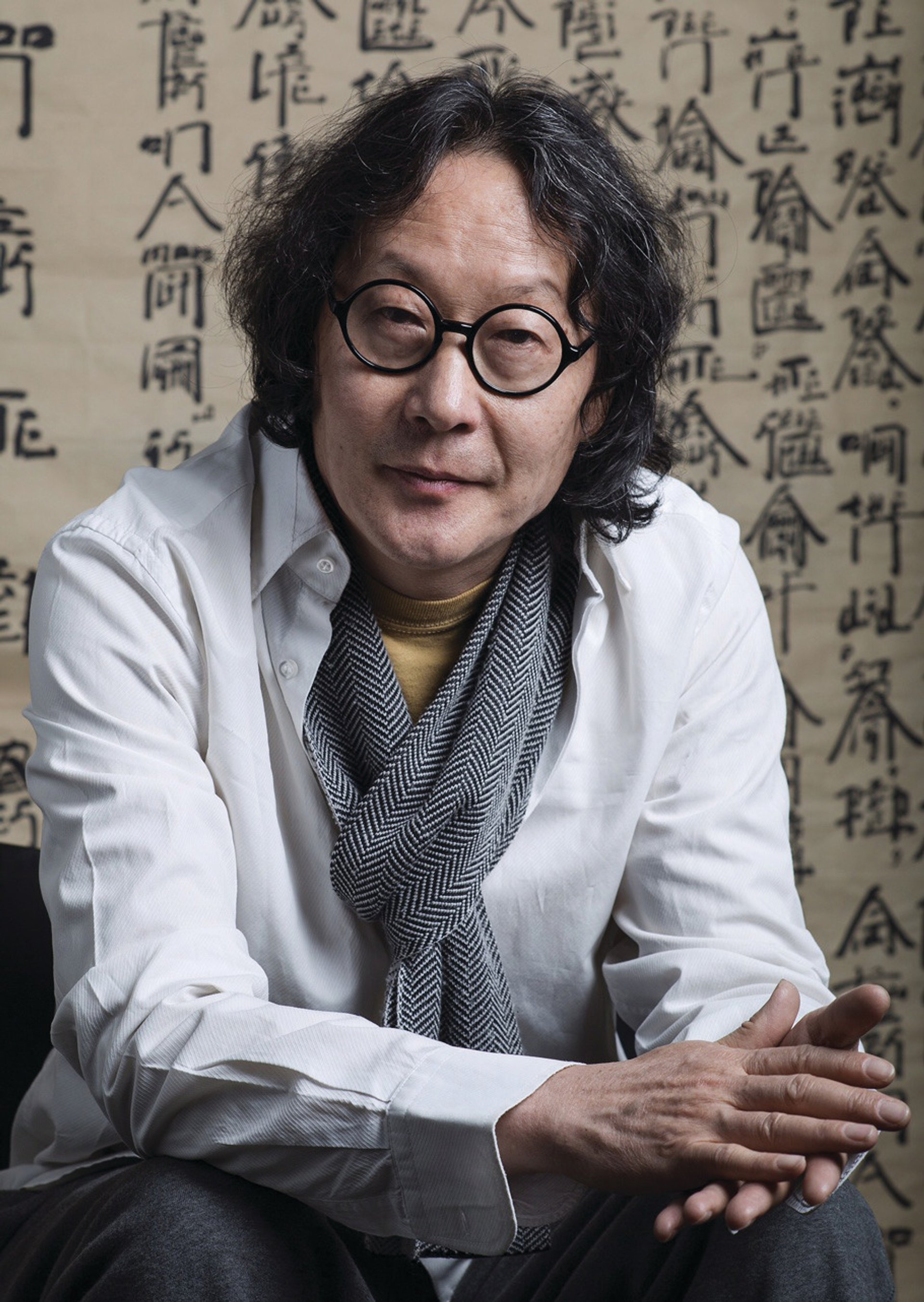
Xu Bing Artist, China
In 2013, I created a piece of work entitled Travelling to the Utopian Village, using the reflecting pool of the garden in the Victoria and Albert Museum, London. My hope was to make people consider the actual state of the human condition when confronted with this work. Today, I am confident in saying that most people are dissatisfied with their surroundings. The ideal environment in which people have longed to live is further and further beyond our reach. Twenty-five years ago, the Cold War was over with the collapse of the Berlin Wall and we embarked on the era of capitalism. In retrospect, it may be fair to say that socialism failed but capitalism is no success either.
What role is art playing? Before searching for answers to this question, I think we should ponder what the momentum is that drives the system of contemporary art. Undoubtedly, it is an essential part of capitalist values, like some tumorous essence ingrained in the mechanism. When contemporary art provokes, exposes and repels the maladies of the mechanism, it also builds a collusive and dependent relation with the system of capitalism, like a cell both destructive and constructive to the body.
Today we find ourselves living in a time when the chaos of the art system is as confusing as the disarray of this world. The power of capital and conflict has propelled the world to transform so rapidly that humans’ ability to process it all can hardly keep up. Accordingly, our minds lack the time or experience to make a reasonable judgement. For a start, what art can do under such circumstances is to help us consider the misunderstandings and blind spots of the mechanism of contemporary art itself.
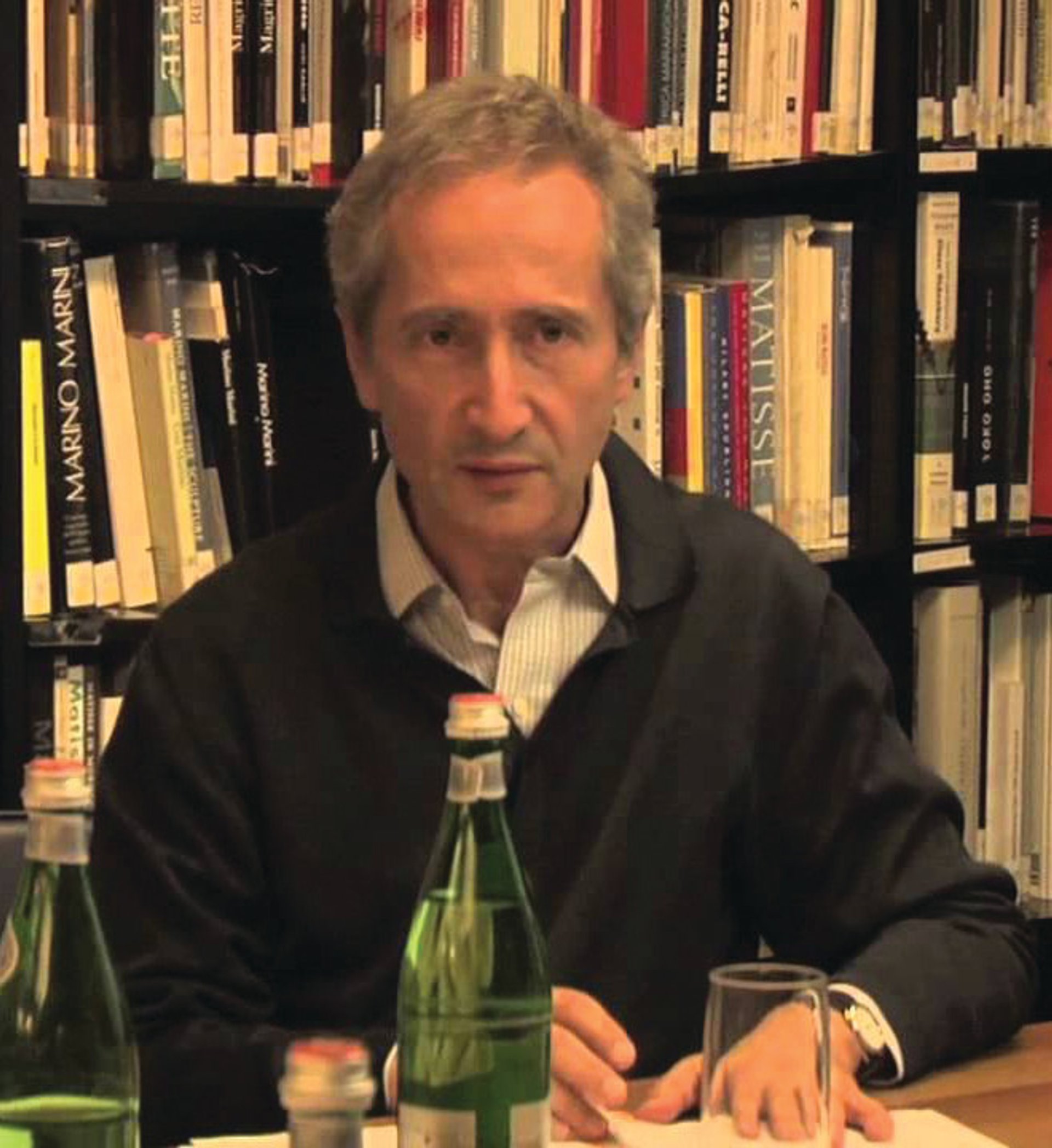
Bernard Blistène Director, Centre Pompidou, Paris
To all intents and purposes, the past 25 years have shown us how the hopes and dreams that resulted from the fall of the Berlin Wall were betrayed by the events that have since taken place around the world. Who could have predicted that such tragedies would occur? It’s not easy to define the role of artists in society. From its very beginning, art has fluctuated between two poles: art with a social function—“a system of group communication”, as Claude Lévi-Strauss would put it—and art with a more private function, autonomous and self-interrogating. I don’t think that artists today should be abandoning one for the sake of the other, although of course I am scandalised by the stark divide that often exists between the art world and the “everyday” world.
At the same time, however, it seems to me too simple to decry the apparent indifference of certain “formalist” works when there are others that hide their own indifference behind a political façade. I personally prefer Jean-Luc Godard’s approach to cinema: “What is art? Nothing. What does it want? Everything. What can it do? Something.”
For artists to keep their role in society, they need to remember to “be artists”, and respond artistically to what is happening around them, because their means of action are their works. To that end, I think that art still has the power to influence the world. Throughout history, art has never ceased to prove this—for example, during the 1970s—and this will always be the case. I trust that artists will not stop creating new forms and new worlds.
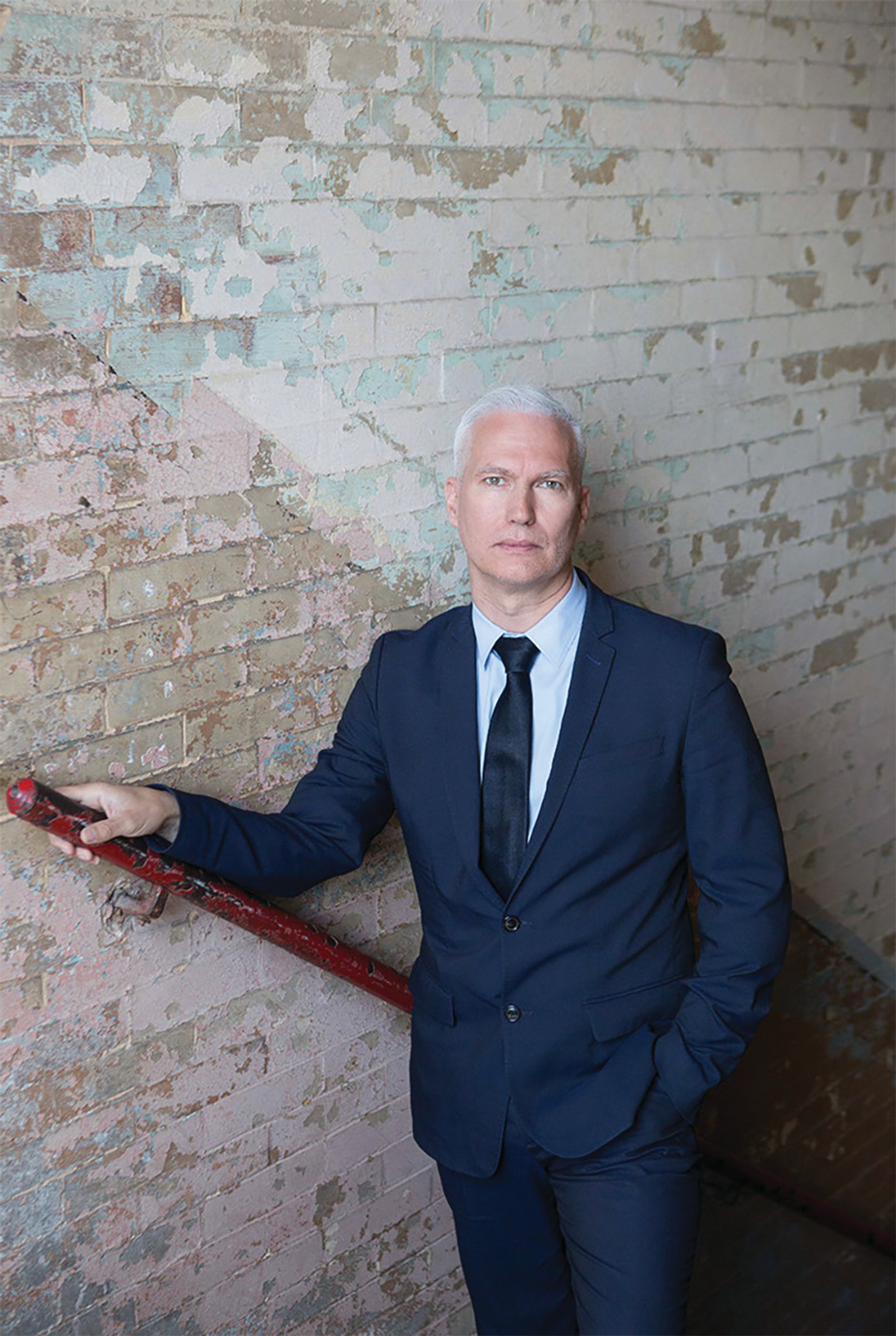
Klaus Biesenbach Director, MoMA PS1, New York
I moved to Berlin right after the Wall fell, in the winter of 1989. In 1990, Germany was reunited. It was an incredible story of hope in which the separation between the Eastern and the Western blocs was eliminated. The feeling was that we would become one big democratic world. I was carried by the illusion that democracy was necessarily linked to the winning “free economic system”. Now we look at China, Russia and other parts of the world that are slowly becoming more capitalist, or that now have a market-driven economy, and we realise that they are not necessarily becoming more democratic. Ecology became one of the main concerns next to the absolute urge to keep peace between progressive liberals and conservative and fundamentalist currents.
I believe that, looking back at the past 25 years but also looking forward and anticipating what is to come, the art world has to change the path it is currently on; it is too focused on the art market. Art is so much more than that. In the wake of civilisations and societies, art is the only thing that remains. This makes it especially painful to see thousand-year-old cultural objects destroyed.
This summer, at the height of the debt and refugee crisis that is shaking Europe, I started focusing on what Joseph Beuys said—that being public has to serve a goal. Art can empower people to create a new reality, to promote ecology. Art offers a means of visualising a better, more peaceful and conscious society. I am interested in what [the artist] Josh Kline formulated around the idea of “dark optimism”; there will be a liveable future but we need to work on it responsibly, actively and creatively, now.
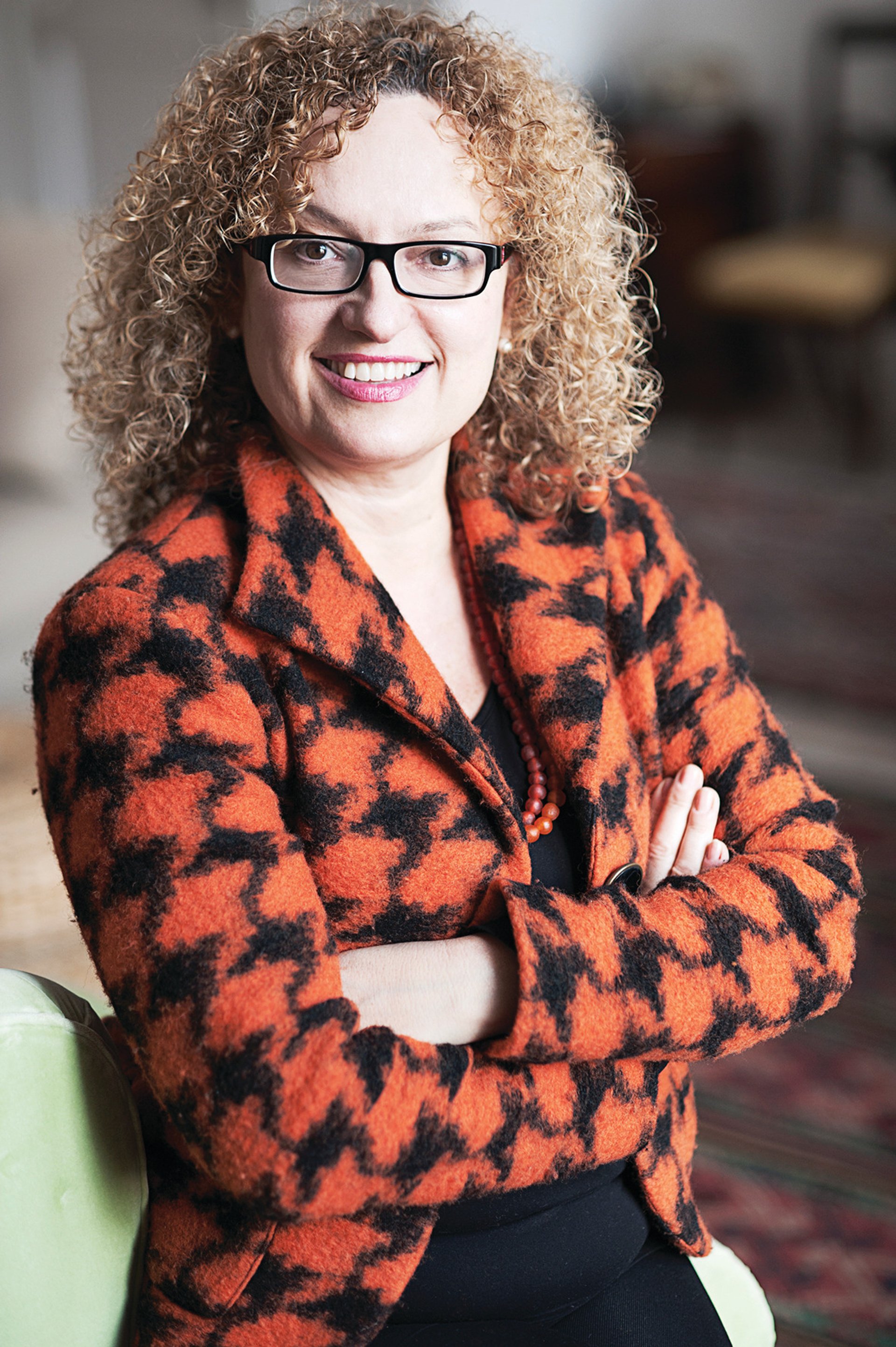
Carolyn Christov-Bakargiev Director, Castello di Rivoli and GAM museums, Turin
Ever since I was young—and because my mentors were the Arte Povera artists—I’ve believed strongly in the agency of art and its transformative power in society. Those artists’ notion of energy and learning to orientate oneself in the universe was first and foremost a political statement about the emancipation of individuals in society. Today, I often invite Arte Povera artists like Michelangelo Pistoletto or Giovanni Anselmo, who are currently in the Istanbul Biennial, to participate in shows because of the way they inspire me on this question.
Art can speak in ways that politics can’t. Politicians are always getting stuck in impossible confrontations, but art can somehow bypass that stalemate, and it can speak in multiple ways that can perhaps heal social conflict. But it does so by connecting with other social problems and with political trauma from different historical periods. So my way of reacting, for example, to the Syrian refugee crisis isn’t: “Let’s show a documentary about the Syrian refugee crisis in Istanbul Modern.” That, to me, smacks of preaching to the converted and of a do-good approach that won’t prompt any actual change. Instead, we held a cooking project by Dora Enconomu on the island of Kastellorizo last week. We were able to bring together the three groups that were on the island: the Syrian refugees who were swimming across or taking boats from Kaş, the tourists who weren’t speaking to the refugees, and us, the members of the art world.
There are many activist artists who respond very directly to political crises, such as Rene Gabri and Ayreen Anastas in Istanbul with their Centre for Parrhesia, which means “speaking truthfully”. But an artist like Morandi, who painted only bottles throughout Fascism, may prove after many years to have represented a greater opposition to Fascism than one might have thought. Those bottles are like people standing in the middle of a storm. So art speaks in many different ways and good artists always respond adequately, although it may not be visible at the time.

Dario Fo Playwright, Nobel Prize winner and political activist, Italy
There seems to me to be a lack of interest, a detachment that comes from listening to the empty promises of those in power. It’s always the same. [In Italy] we have a minister of culture who is making the same promises that were made 20 years ago. People realise this—they’ve seen it before—but at the same time they remain captivated by it. What’s missing today is participation, even if it constitutes a risk. Look at Russia, for example: people can get killed in the middle of the street for this and there is no investigation; everyone knows that these events are orchestrated from the top. This is born out of a terrible apathy because power intoxicates and people are terrified of being witnesses.
Our culture is based on misinformation. Today there’s a kind of emptiness, a boredom, a lack of participation and an unwillingness to discover anything new. There are always exceptions, of course. We, for example, understood at a certain point that it was useless, even damaging, to keep performing in normal bourgeois theatres, of which Italy is full. We realised that we were talking to people who only want to hear about themselves. It’s not often that the farmer or the labourer goes to these spaces because they do not talk about them. Art has become very self-referential.
We need space in which to study, perform, project and reproduce art. In my case, theatres should extend to the outdoors, the streets, squares. Everyone needs a space in which they can express themselves.
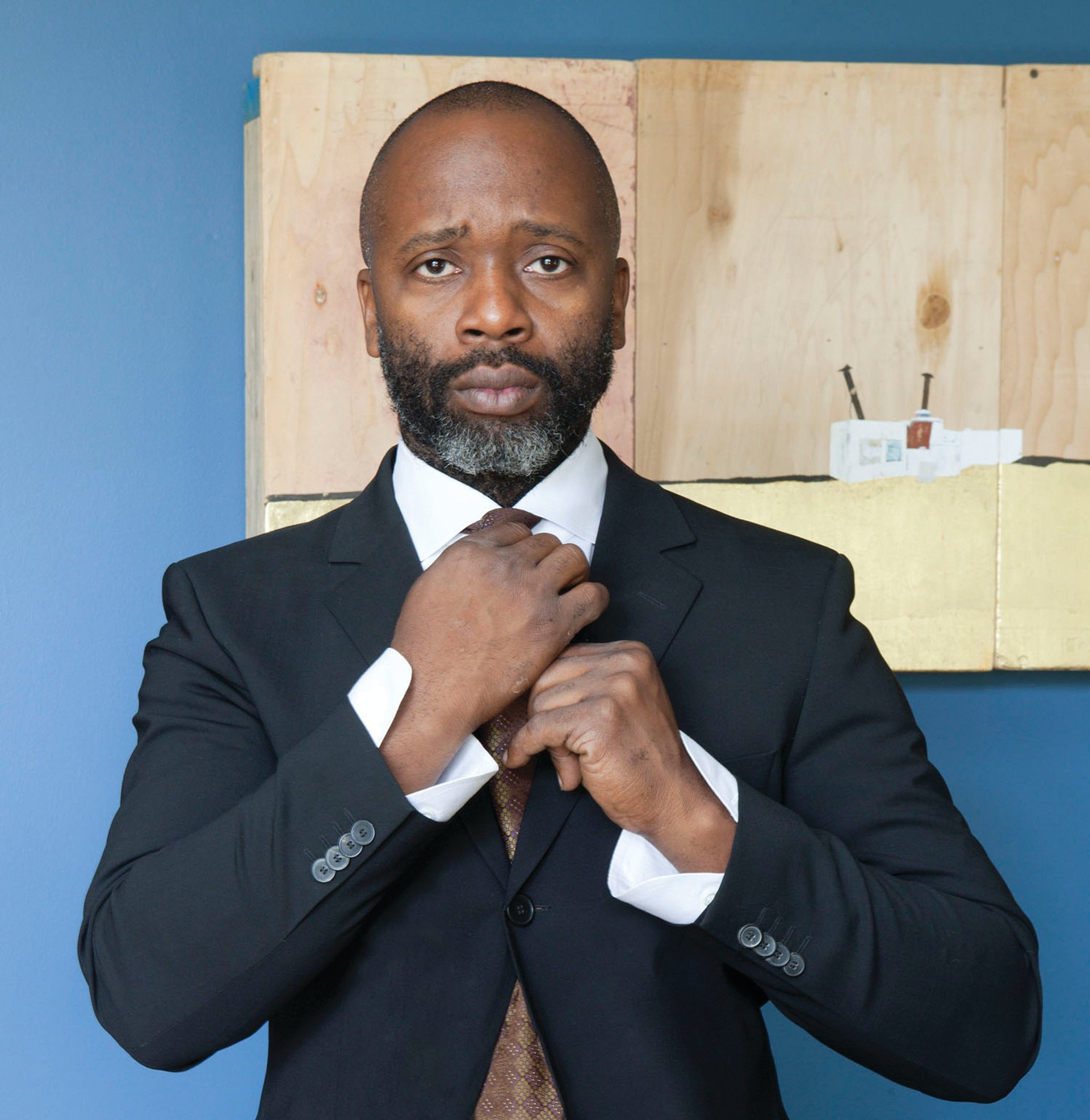
Theaster Gates Artist, Chicago
The role of art and artists never needs to change. It should take the temperature but it cannot be the doctor. It doesn’t have to be; rather, a by-product of knowing the temperature and being active could be that change happens. We cannot depend upon artists to do the work of presidents, ministers, social workers or private wealth. We can ask artists to be present and to speak truthfully from their core. This is the beginning of change.
Today I am in Istanbul with Carolyn Christov-Bakargiev; a couple of months ago, I was with Okwui Enwezor in Venice. Both curators are engaging artists in very complicated conversations about the global, the local and the political. In very different ways, they have found themselves in leadership roles at a failing and complicated moment. They enlist, invite, convince, offer artists the opportunity to share their lessons learned about this world in public and amplified space. What a privilege to be given platforms like these to ask hard questions and to posit new questions to their questions.
A month ago, my third annual Black Artists Retreat took place. It brought artists from all over the US and beyond to discuss hard questions. I am equally excited that those 85 artists came and shared space with me in Chicago. I think artists should continue to put forward great ideas and make platforms for their dissemination; our political and religious leaders need to study war no more.
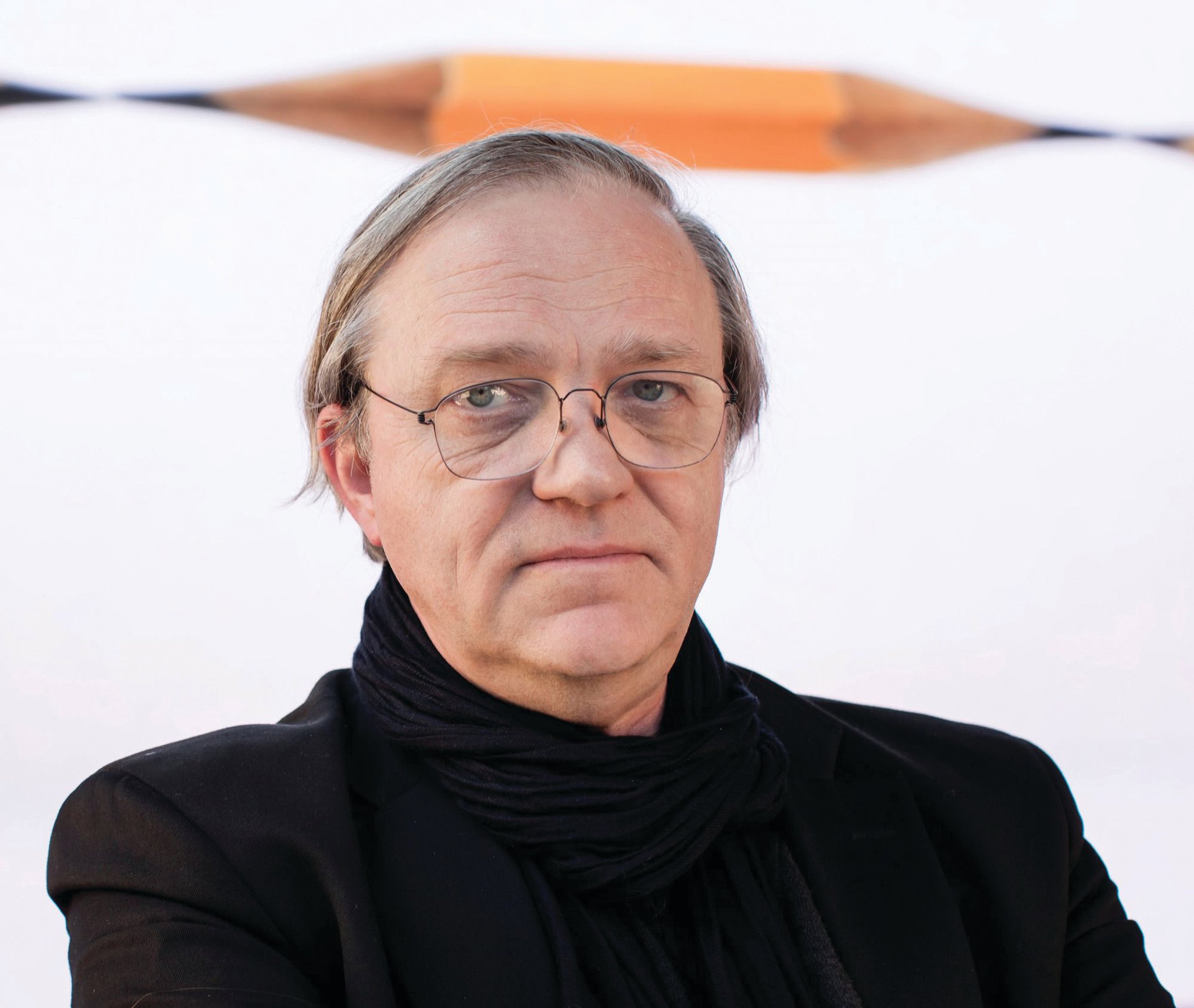
Robert Storr Artist, critic and curator, US
Art is beset on all sides as never before. At one extreme, we have brutal ideological iconoclasts, of which the Taliban and Isil are only the most horrifying examples. Next come the profiteers who strip archaeological sites, remote country houses and vulnerable churches of their treasures. These “bad guys” wear black hats—or turbans, masks, helmets and business suits.
Wearing “white hats” are yet other villains who “do well by doing good” and in the process love art to death. At the head of the pack are oligarchs who move trophy purchases from market to freeport warehouses to personal museums and back in a perpetual-motion machine of untraceable surplus capital. Never far from their elbows are the sycophants who “inspire” them and the advisers who facilitate these transactions. Hard on their heels are art dealers, auctioneers and middlemen and women of various stripes who keep the process going by churning properties and values ad infinitum.
Following this, there parades the “not-for-profit” crowd: cultural bureaucrats in the private sector and in government, museum directors, curators and educators, as well as biennial recidivists who organise a ceaseless cycle of exhibitions, stage events, commission “interventions” and otherwise manage and manipulate the stocks of currently fashionable, grossly productive, culture industrialists and workers.
Then, in loose formation, a swarm of ink-spilling or digitally panning and puffing journalists, critics and academics appears. They cheapen language and ideas while providing running commentary on the disaster in progress, ensuring with all their bluster the certain triumph of turgid discourse over individual or collective engagement and insight.
Have I offended everyone? I hope so. Do I excuse myself? No, because it takes one to know one. We are all responsible for this ongoing calamity, all to blame for the monsters we have created, the monsters we have become. For each in his or her own way has contributed to making it nearly impossible to experience art and to explore our own thoughts and feelings about it without dread, fury and revulsion, not to mention obvious complicity. It is time to slow the merry-go-round. And long past time to take the aesthetic equivalent of the Hippocratic oath: first, do no harm.
• Tickets to our 25th anniversary celebration at the British Museum on 28 October, where eminent cultural figures will debate the question "What is art for?", can be booked online now.


